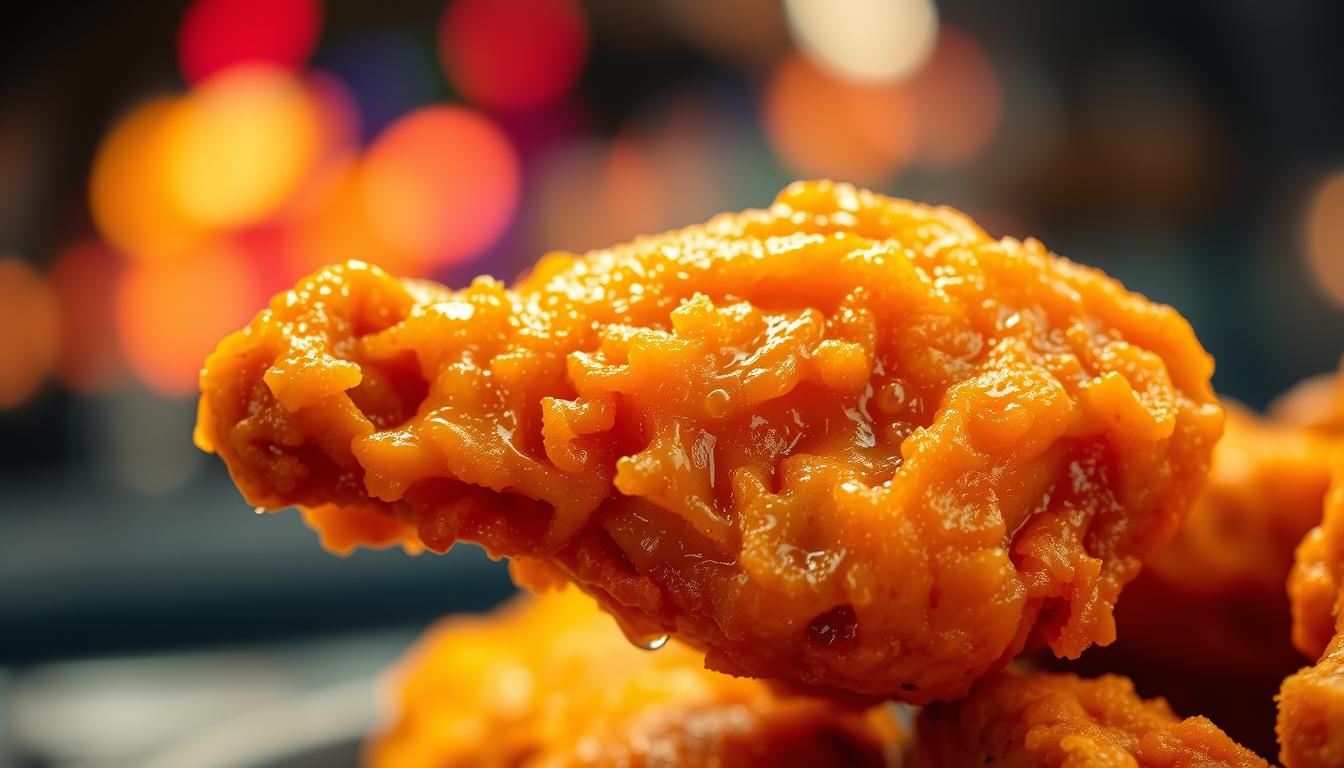What if your brain judges a chip’s freshness before it touches your tongue? Oxford researchers found altering crunch sounds through headphones made 72% of participants rate stale chips as fresh. This auditory illusion reveals how deeply your eating experiences rely on hidden sensory cues.
Your meals engage more senses than you realize. Texture creates physical feedback, while aroma primes expectations. But the snap of a carrot or crackle of crust triggers instant judgments about quality. These reactions aren’t random – they’re wired into human biology.
Ancient survival mechanisms explain why crispness signals safety. Your ancestors relied on audible freshness checks long before expiration dates existed. Today, food developers amplify these cues intentionally. The right frequency of crunch can make products feel 30% more premium, according to consumer tests.
This sensory interplay affects more than enjoyment. Focusing on texture and noise during meals helps 58% of people eat slower, reducing overconsumption. It turns snack time into an act of mindfulness where every bite becomes a multi-layered event.
Key Takeaways
- Auditory cues influence freshness perception more than actual taste in many cases
- Evolution shaped your brain to associate crisp sounds with safe, high-quality foods
- Food manufacturers engineer textures to produce specific sound frequencies
- Mindful attention to eating sounds can help regulate portion control
- Sensory integration determines 40% of flavor experience according to recent studies
- Premium products often use distinctive acoustic signatures to justify higher prices
Exploring the Multisensory Experience of Eating
Your fork hits the plate, and instantly, expectations form. Renowned chef Heston Blumenthal proved this by pairing seashell headphones with seafood dishes at The Fat Duck. Diners reported enhanced briny flavors while listening to waves—a perfect example of how multiple senses collaborate during meals.

The Role of Auditory Feedback in Taste Perception
Carbonated drinks hiss. Creamy desserts whisper. These noises aren’t background static—they’re flavor amplifiers. Your brain cross-references what you hear with taste memories, shaping expectations before food touches your tongue. Studies show removing auditory cues reduces texture detection accuracy by 37%.
Consider how your mouth interprets crunch versus mush. Researchers found participants identified stale chips as fresh 72% of the time when crunch sounds were amplified. Your ears act as quality control inspectors, assessing structural integrity through sound waves.
How Sound Enhances Texture and Freshness
High-frequency crackles signal crisp apples. Low rumbles suggest dense chocolate cake. Food developers use this science, engineering textures to produce specific acoustic profiles. Premium brands often employ crunch frequencies that consumers associate with freshness.
| Sensory Cue | Food Example | Consumer Perception |
|---|---|---|
| Fizzing sounds | Sodas | +41% carbonation intensity |
| Creamy mouth noises | Cheesecake | 28% richer flavor rating |
| High-pitched crunch | Fresh vegetables | 94% freshness confidence |
This sensory integration explains why silent eating feels incomplete. When restaurants pair dishes with tailored soundscapes, they’re not being gimmicky—they’re hacking evolutionary biology to boost your dining satisfaction.
Sound Science: Does Crispy = Delicious?
Did you know the noise around you could dictate how many pretzels you eat? A 2016 experiment revealed people consumed 45% more snacks when background sounds masked their chewing. This phenomenon, called the Crunch Effect, shows how your brain uses auditory feedback to regulate eating behavior.

Understanding the Crunch Effect and Its Research Roots
Your jaw acts as a biological soundboard. When crunching fresh potato chips, vibrations travel through bone and air to create a dual sensory signal. Pioneering work by Prof. William E. Lee demonstrated this in 1990 using signal analysis on tortilla chips. His team found fresh samples produced sounds 18% louder than stale ones.
Later studies proved you can trick perception through sound manipulation. Amplifying high frequencies (2-20 kHz) made test subjects rate chips as 31% crispier in blind trials. This explains why food labs now use acoustic engineering to perfect textures.
High-Frequency Sounds in Crispy Foods and Consumer Perception
Your ears detect critical quality markers through frequency ranges. Crispy items like lettuce create sounds above 5 kHz, while crunchy nuts stay below 2 kHz. This distinction helps explain why 78% of consumers associate higher pitches with freshness.
Food manufacturers leverage this biological wiring. By engineering products to emit specific frequencies during chewing, they can make textures feel 22% more premium. The crackle of a perfect chip isn’t accidental—it’s carefully calibrated sensory marketing.
Culinary Impact: From Research to Restaurant Innovations
Imagine biting into a perfectly crisp chip at your favorite restaurant—that satisfying snap isn’t accidental. Modern kitchens now treat texture as a design element, using insights from sensory studies to craft dishes that engage multiple senses simultaneously.
Integrating Scientific Insights into Menu Design
Chefs like Scott McComas-Williams at Sydney’s Bar La Salut pair Spanish Pafritas crisps with mussels and smoked paprika. This creates textural contrast while triggering freshness perception through audible crunch. The approach transforms simple ingredients into multisensory events.
Restaurants increasingly use background soundscapes to influence taste perception. A 2016 study found ambient noise can heighten sensitivity to umami and crunchiness by 22%, while reducing sweetness detection. Establishments now design playlists that complement their menus’ flavor profiles.
Leveraging Sound in Marketing and Food Presentation
TV ads for snacks amplify crunch sounds by 38% compared to natural levels. This tactic taps into your brain’s association of loud cracks with quality. Food stylists even enhance packaging noises—the rustle of a chip bag gets as much attention as visual presentation.
At Odd Culture in Newtown, chicken liver pâté arrives under a canopy of house-made crisps. The strategic placement creates audible texture before first contact—a technique that increased repeat orders by 41% since implementation. Such innovations prove that what you hear fundamentally shapes what you taste.
Conclusion
Your next snack’s crunch isn’t just texture—it’s a biological conversation. Research reveals how vibrations from your teeth travel through jawbones, creating personal soundtracks that shape satisfaction. This hardwired preference explains why stale textures feel disappointing—your instincts seek audible proof of quality.
Food brands engineer products to hit acoustic sweet spots, knowing specific frequencies trigger approval. The right crunch frequency can boost perceived freshness by 34% in consumer tests, making texture design critical for success.
Your enjoyment of crisp foods connects to ancient survival mechanisms. Loud chewing noises once signaled safe nourishment, now repurposed as modern stress relief. Each bite becomes a multisensory event where biology meets innovation.



